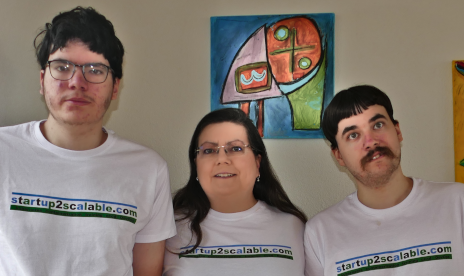Kubernetes is quickly becoming the industry standard for server operations. New software projects today are typically designed to be cloud-native. However, much of the software still running in the wild predates Kubernetes and containerization. This talk is a practical discussion with real-life examples of deciding whether to port a legacy application to Kubernetes and how to avoid common pitfalls once you’ve decided to do it.
Early in my career I was working for a tech firm that had recently grown from a tiny startup to a company with a few hundred employees. One day the CEO gave a company-wide address in which he explained, “Startups produce code more efficiently than large companies — therefore we will continue to run this company like a startup!”
Unfortunately, in practice, this essentially amounted to free soft-drinks and everyone being expected to work unpaid overtime every day.
I remember at the time thinking, “That’s not how it works. There are reasons a big company can’t function like a startup.” And if you figure in all of startups that fail, it’s not even clear that startups produce more code-in-production per developer than larger companies.
In retrospect, I view that boss’s silly speech as a gift. It has inspired me, as I’ve worked at different companies over the years, to observe carefully the ways that “startup mode” differs from scalable practices — and to think about the best strategies for getting from one to the other.





 In our modern tech world, the holy grail is to come up with a new idea or develop new technology that is such a game-changer that it “disrupts” an existing industry. If you want attention, success, and respect in this industry, disruption is the way to go.
In our modern tech world, the holy grail is to come up with a new idea or develop new technology that is such a game-changer that it “disrupts” an existing industry. If you want attention, success, and respect in this industry, disruption is the way to go.